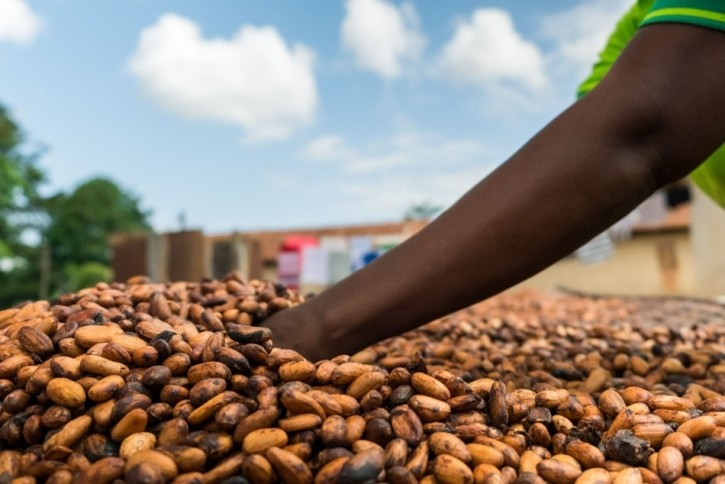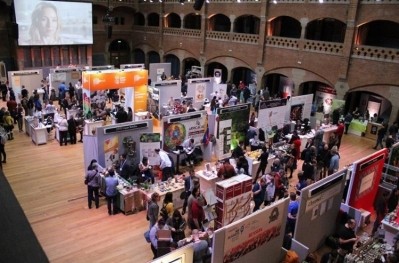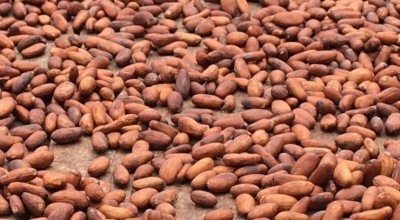Sustainabilty
Cocoa farmers see incomes increase under new Fairtrade-backed scheme

The Fairtrade Living Income Progress Report 2023 includes results from the first two years of the Fairtrade Living Income Learning project. The project’s partners - Tony’s Open Chain (set up by Tony’s Chocolonely), Ben & Jerry’s, and six Fairtrade-certified cocoa cooperatives - worked together to improve farm profitability towards target values for cocoa yields, crop diversification, and cost efficiency, alongside the two companies paying the living income reference price for the cocoa they sourced from these cooperatives.
The report showed 21% of farmer households reached a living income after the first year with an average of $4,735. The number fell to $18 in the second year with an average of $4,220, but severe droughts and lower farmgate prices set by the government were partially responsible, Fairtrade International claimed.
Farmer income
However, as ConfectioneryNews recently reported, calculations by Nestlé, in its own Income Accelerator Programme, estimated a typical cocoa-growing family in West Africa requires roughly $6,300 a year to live on, and that is not taking into account separate research by Oxfam last year, which claimed cocoa farmer income in West Africa had decreased by 16% in the past three years due to global market fluctuations. Despite existing premiums being paid to farmers from certification schemes run by Fairtrade and Rainforest Alliance – and a Living Income Differential (LID) payment of $400 per metric ton (MT) on all cocoa sales from Cote d'Ivoire and Ghana
Overall, though, the report noted that with an average of 48% of total production volumes sold at the reference price, farmers earned an average of 15% more for their cocoa sold. Moreover, the cooperatives that sold an even larger share of their volumes at the reference price earned up to 47% higher cocoa revenues.
Pilot projects
“We are happy with these early results from our pilot projects confirming a significant direct impact of the Living Income Reference Price on farmers’ incomes,” said Carla Veldhuyzen van Zanten, Fairtrade International’s Senior Advisor Sustainable Livelihoods. “We are still in the process of unravelling the indirect effects of a secured higher price, but we already see strong indications that farmers invest more in their farms and improve yields as well.”
The progress report also outlines Fairtrade's and its partners' wide range of activities and developments. The Living Income Learning Project implements Fairtrade International’s holistic living income strategy, encompassing three interconnected building blocks: sustainable production, responsible procurement, and enabling environment.






